The Eisner Award is one of the highest achievements in comics, named after Will Eisner, one of the most important and prolific names in comics. There have only been five mangakas (the Japanese word for manga artist) who have been inducted into the Eisner Hall of Fame: Osamu Tezuka (Astro Boy), Hayao Miyazaki (Nausicaä of the Valley of the Wind), Katsuhiro Otomo (Akira), Kazuo Koike (Lone Wolf and Cub, Lady Snowblood) and Goseki Kojima (Lone Wolf and the Cub).
No female mangakas have been yet to be inducted, but that could change this year with the nomination of Rumiko Takahashi. This will be her fourth nomination as she was nominated in 2014, 2016, and 2017.
Popular manga creator Rumiko Takahashi is said to be the bestselling female comics artist in history, with hundreds of millions of her books sold around the world. Takahashi’s first published work was the one-shot Katte na Yatsura in 1978. Later that year her first major work began being serialized, Urusei Yatsura. She went on to create such classic works as Maison Ikkoku, Ranma ½, InuYasha, One Pound Gospel, Mermaid Saga, and Rumic Theater. Several of her works have been animated. (via SDCC site)
An excellent thread detailing the long and important career of the author who can be considered one of the most successful comic book writers of all time reminded me about how amazing her work is and you should check it out.
This is Rumiko Takahashi. You may have never heard of her; but she’s a legend in the manga world and a trailblazer for women in comics. Her current net worth exceeds $70 million, and extended assets are quite a bit higher. It’s good to learn more about her and what she’s done. /1 pic.twitter.com/H3rIyvXfbb
— Perch @SDCC2018 (@ComicPerch) July 15, 2018
But there are so many women who write manga who are fantastic and deserve recognition so if we were coming up with a female mangaka hall of fame, here would be some must haves:
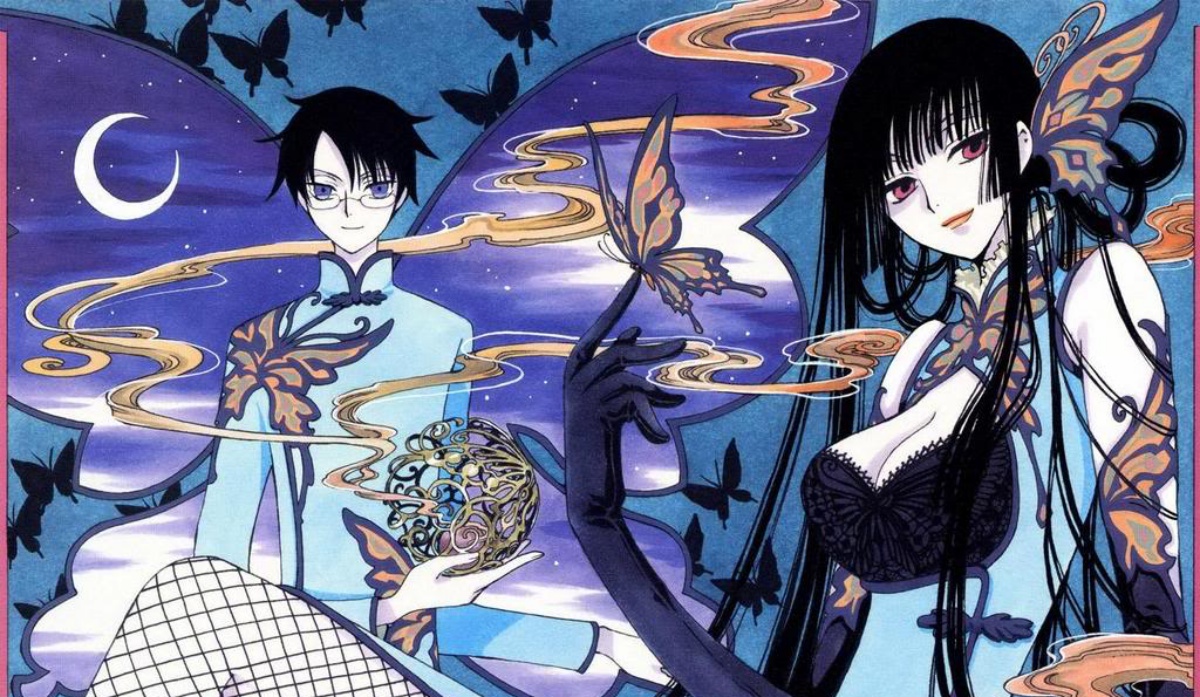
#5 CLAMP (Cardcaptor Sakura, Chobits, Wish, Tsubasa series)
Love them, hate them, or just enjoy certain series from them, CLAMP has had a long history in the manga world. Clamp is all-female Japanese manga artist group that came together like an epic girl-band in the mid-80s. It started off as a group of 11 but then dropped to seven by the release of their first debut series RG Veda. As of 1993, the group is made up of four women: Nanase Ohkawa, Mokona, Tsubaki Nekoi, and Satsuki Igarashi.
What is so amazing about Clamp is the range of their work. It goes from cute and childlike works like Cardcaptor Sakura to more adult, mythology-based work like RG Veda and to a degree Magic Knight Rayearth and XXXHolic. They often write characters without sex or gender which is why they have a huge about of LGBTQI+ canon characters across of wide range of ages. The most notable being Syaoran Li from Cardcaptor Sakura who was definitely shown to be attracted to Yukito Tsukishiro, a male character, when he was nine-years-old. Plus Yukito ended up together when Sakura’s brother Toya, who was shown to date men and women. Clamp is fluid as fuck. Wish presents all its angel and demon characters as non-binary, with some coding (much like Rebecca Sugar with Steven Universe’s Crystal Gems). While they sometimes end up with problematic couples, overall Clamp has created some iconic and compelling work.
Clamp has sold over 100 million collected issues of their work worldwide. They also have a canonical Clamp multi-verse, which makes me so so happy.
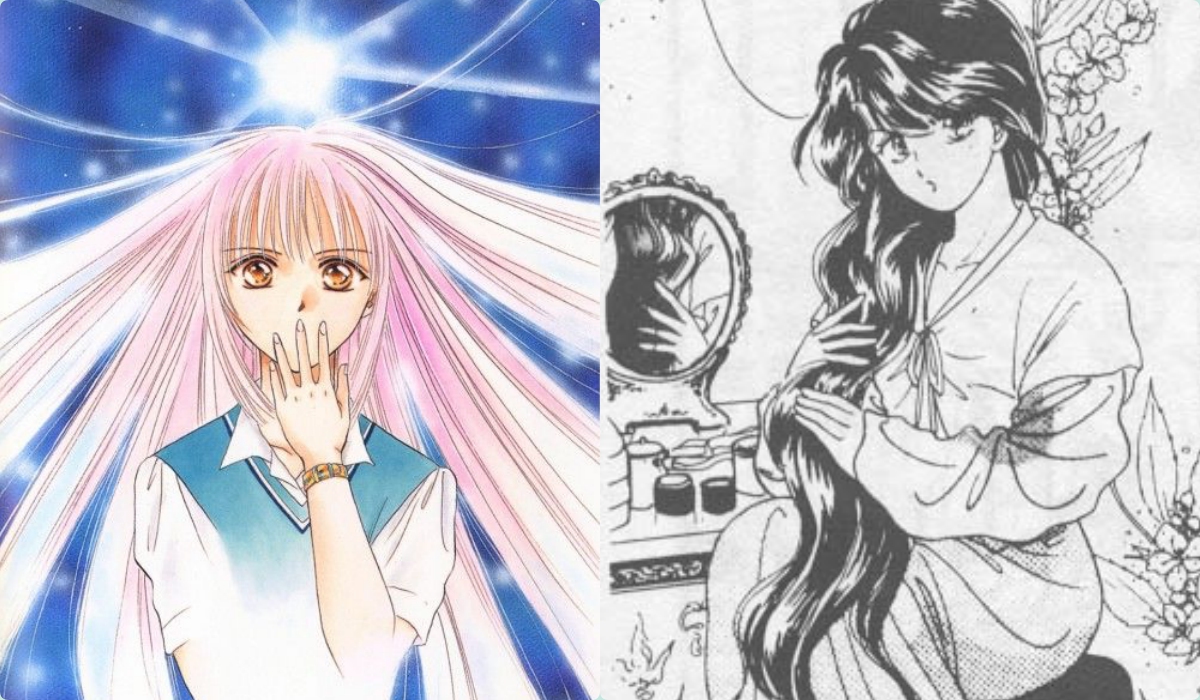
#4 Yuu Watase (Ceres Celestial Legend, Fushigi Yugi)
One of the biggest name in fantasy and romance, Yuu Watase is most know for Ceres: Celestial Legend and Fushigi Yugi. The former is a supernatural series about a girl named Aya who finds out she is is the reincarnation of a celestial maiden named Ceres who was kidnapped by her human “husband,” who has also been reincarnated into Aya’s twin brother, Aki. The series has really dark moments, but also is a really interesting commentary about relationships between men and women. Fushigi Yugi is about two best friends, Miaka Yuki and Yui Hongo, who find a strange book in the library that transports them both into a world that resembles medieval China. Yui gets sent back, but Miaka is stuck in the world and must survive a bloody and devastating war. It was a huge gateway into fantasy manga and has remained deeply popular.
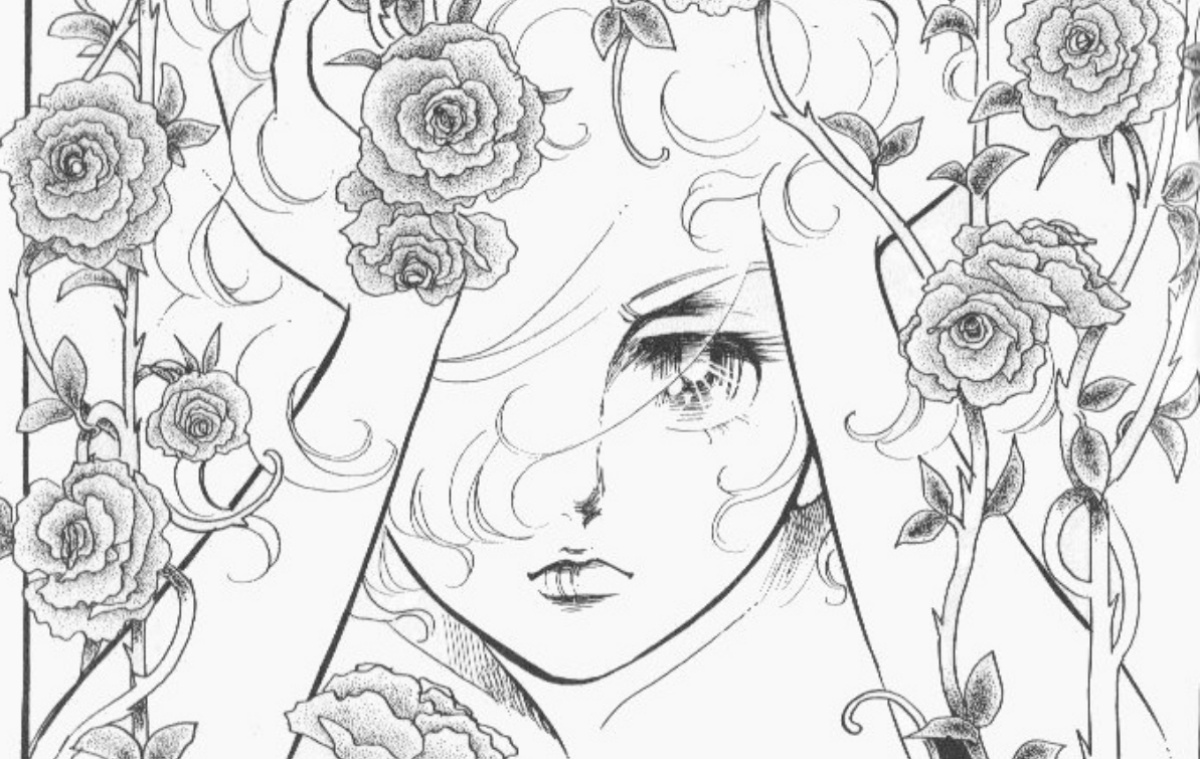
#3 Keiko Takemiya (Kaze to Ki no Uta, Terra e…)
If you love yaoi and yaoi love stories, then you have Keiko Takemiya to thank for that. Considered to have published one of the first yaoi love stories of all time with In the Sunroom in the 70s, her work really defined that aesthetic which has gone on to influence works like Yuri on Ice. While there are no doubt problematic elements to yaoi, it has also been a way for cis and trans gay men to read melodramatic romance stories about them. Kaze To Ki No Uta was one of the first shoujo manga to focus on a relationship between boys and the first to have sex play a major role in the story. Getting the story out took around nine years because Takemiya refused to censor the sexual elements of the story. Looking back now, there is no doubt that Kaze to Ki no Uta is a problematic series with its use of rape as part of the narrative and the melodrama of it all, but what it did do was open a place for other, more nuanced stories to be told. It’s basically a yaoi version of Les Mis.
Takemiya’s other series Terra e or Toward the Terra is much less problematic, thankfully, and a really cool space opera that takes place in the 31st millennium where humanity exists under the rule of supercomputers.
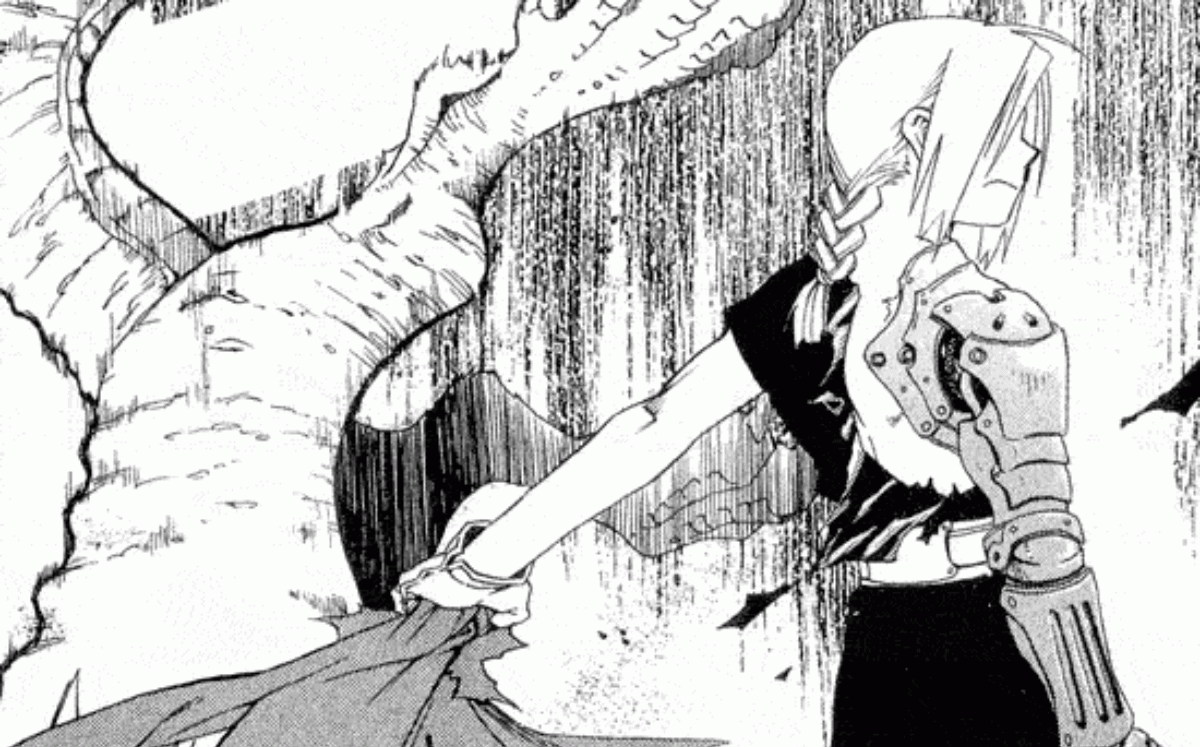
#2 Hiromu Arakawa (Fullmetal Alchemist)
Fullmetal Alchemist is amazing. It has amazing characters, a brilliant story that keeps you hooked and it is illustrated amazingly. Even its two anime adaptations (one with Arakawa’s original ending and one with) are nearly pitch-perfect in their reverence for the series. It is one of the best selling manga series of all time and is yet another reminder that women can write shonen just as well as male mangakas. Just go read Fullmetal Alchemist. It’s amazing.
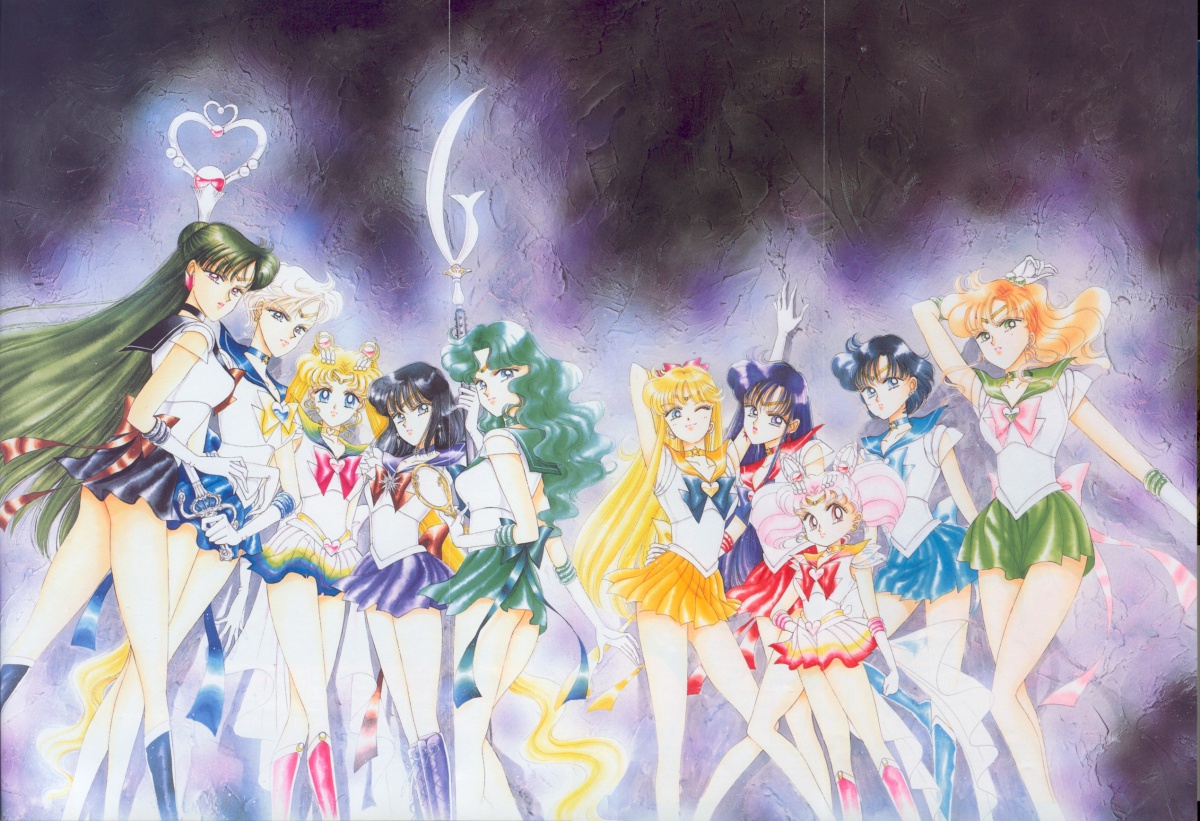
#1 Naoko Takeuchi (Sailor Moon)
I mean come on. Sailor Moon is a phenomenon, it is a lifestyle. There is a reason why it and its brother series, Dragonball, have managed to be so successful and beloved over the years. With this series, Naoko Takeuchi captured a perfect way to bring together mythology, female power, and action all into the story of 14-year-old Usagi Tsukino, the reincarnation of a moon princess who constantly gives her life to save the world because of her goodness and desire to help others. Sailor Moon is one of the most popular series of all time with billions in merch sales.
From being a struggling artist to creating a cultural sensation, Naoko Takeuchi created a series that was about love, friendship, and the power of being your true self.
(image: VIZ)
Want more stories like this? Become a subscriber and support the site!
—The Mary Sue has a strict comment policy that forbids, but is not limited to, personal insults toward anyone, hate speech, and trolling.—



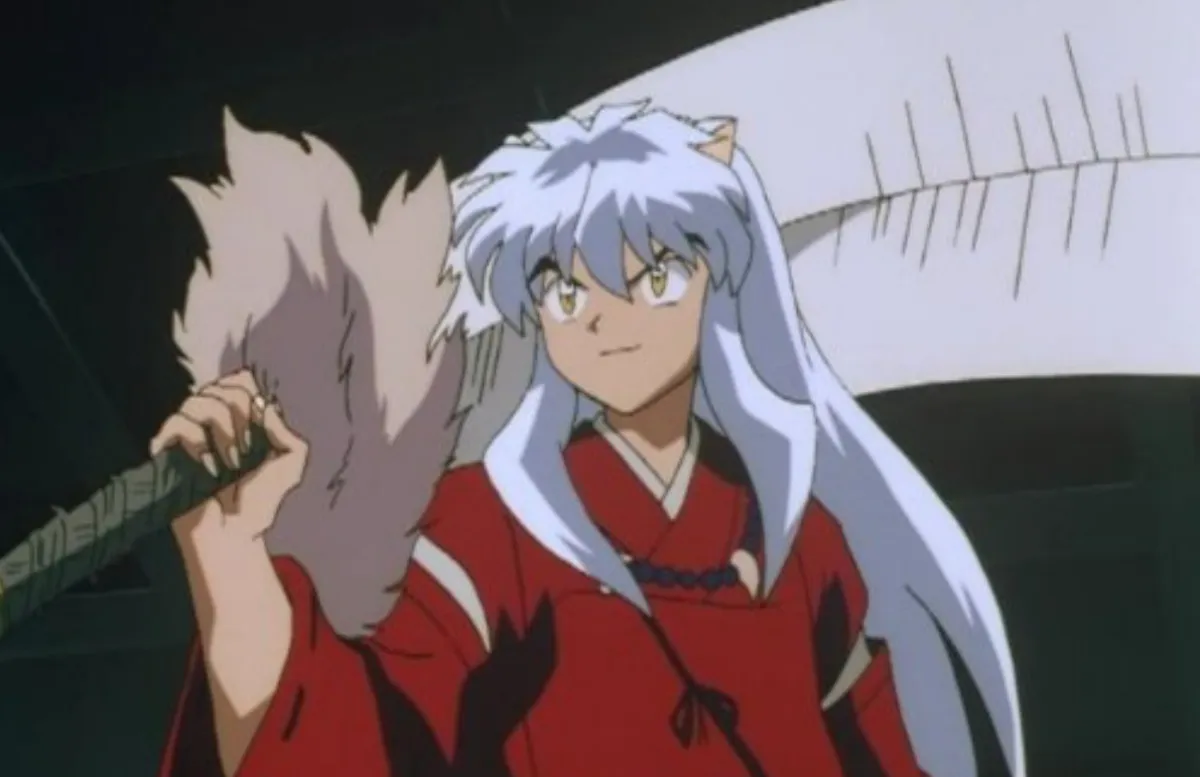






Published: Jul 18, 2018 03:26 pm